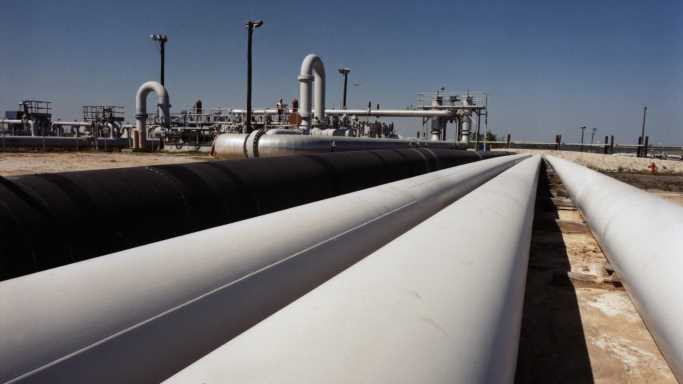
Refilling the Strategic Petroleum Reserve Will Be Harder Than You Think
January 12, 2023In mid-December, the U.S. Department of Energy (DoE) issued a request for a proposal to buy 3 million barrels of crude oil to add to the country’s Strategic Petroleum Reserve (SPR). Last week, the DoE reportedly canceled the proposed purchase because the price was too high or the sale failed to meet other requirements of the purchase offer.
For most of last week, West Texas Intermediate (WTI) crude oil traded between $75 and $80 a barrel. Brent crude, the international benchmark, traded for a few dollars more. The DoE’s offer to buy oil is limited to a price range of $67 to $72 a barrel. DoE essentially has established a floor of around $70 a barrel as the price the federal government will pay for domestically produced oil. U.S. producers have never before had a federally supported price floor for their oil.
In this case, however, with crude prices already above that level, it is that no oil producer wanted to sell its oil for less than it could receive on the open market.
The second reason DoE gave for the cancellation is that the crude oil being offered was not “sour” crude produced in the United States. This is more complicated.
Sour crude, as defined in the DoE’s proposal, may have a sulfur content of up to 1.99% (by weight), far above “sweet” crude, which has a sulfur content of less than 0.5%. Most of the oil produced in the United States is sweet.
Why, then, is the DoE looking to purchase sour crude? Because nearly two decades ago, U.S. Gulf Coast refiners spent billions of dollars refitting their plants to handle the sour crudes that come from Canada, Mexico and Venezuela, expecting that U.S. imports of sour crude would soar as reserves were depleted. Sour crude is more complicated and expensive to refine into gasoline than lighter, sweet crudes. And then came the fracking revolution.
Once fracking took off, the Bakken play in North Dakota and the Eagle Ford play in south Texas began producing millions of barrels of sweet crude. Permian Basin WTI sweet crude production also soared over the next decade. U.S. refiners made further adjustments to their refining units but still required more sour crude than was available from U.S. producers. The good news is that sour crude is cheaper than sweet.
Earlier this year, Mars sour crude, which is produced from the U.S. Gulf of Mexico, sold at a discount of around $6.50 a barrel to WTI. That would seem to put the DoE’s offer to buy right in the ballpark for sour crude. Apparently, the bids DoE received did not meet the specifications the agency laid out for the sour crude it was willing to buy.
Sponsored: Tips for Investing
A financial advisor can help you understand the advantages and disadvantages of investment properties. Finding a qualified financial advisor doesn’t have to be hard. SmartAsset’s free tool matches you with up to three financial advisors who serve your area, and you can interview your advisor matches at no cost to decide which one is right for you. If you’re ready to find an advisor who can help you achieve your financial goals, get started now.
Investing in real estate can diversify your portfolio. But expanding your horizons may add additional costs. If you’re an investor looking to minimize expenses, consider checking out online brokerages. They often offer low investment fees, helping you maximize your profit.
Source: Read Full Article


